7.01.2024
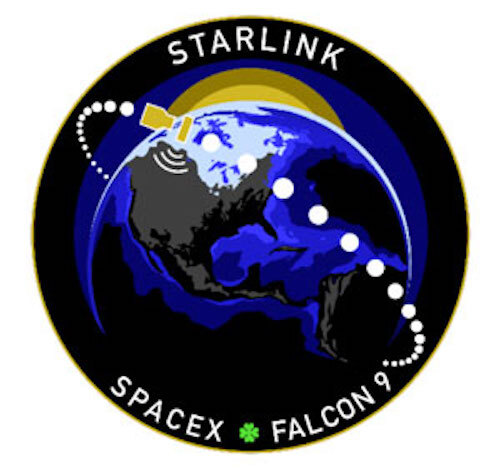
Race for bandwidth: Internet satellites fuel record-breaking launch year on Space Coast
The high-tech race for SpaceX, Amazon and competitors to create mega-constellations of internet-beaming satellites is spurring record-shattering rocket launch activity on the Space Coast.
Why? Worldwide broadband data delivery will become a new, invisible 21st century "backbone of our society" — much like underground sewer pipes and undersea telegraph cables during the 19th century, said Jonathan McDowell, an astrophysicist at the Harvard–Smithsonian Center for Astrophysics.
In unprecedented fashion, Cape Canaveral Space Force Station and NASA's adjacent Kennedy Space Center racked up 72 orbital launches during 2023. That represents a robust 26% increase over the previous annual record of 57 launches, set just last year.
Only three missions were crewed by humans — while SpaceX launched 43 Starlink internet-satellite missions.
“You won’t have lost any bets in my lifetime by going, ‘We need more bandwidth.’ Every time, someone’s gone, ‘Why would you need that much bandwidth? You’ve already got a 1200-baud modem. Isn’t that enough?’ " McDowell said.
"There’s always ways to fill the bandwidth, right? So it’s that insatiable demand for increasing amounts of data, speed of response, speed of upload and download times of all kinds. And everything we do in life is sort of being is abstracted into data now,” he said.
By McDowell's latest tally, SpaceX has launched 5,650 Starlink satellites since February 2018. That sum includes launches from Vandenberg Space Force Base in California. Of that total, 5,233 Starlink satellites remain functioning in orbit. Starlink serves more than 2.3 million people in more than 70 countries, SpaceX reports.
But another major player has emerged. Amazon’s $120 million Project Kuiper broadband-satellite processing facility is scheduled for completion in 2025 at KSC's Launch and Landing Facility. After its successful launch of two prototype satellites in October, Amazon is now manufacturing satellites and aiming for full-scale deployment starting in the first half of 2024, Space Florida reported.
The goal: Create a constellation of 3,236 satellites in low-Earth orbit.
Looking ahead, NASA predicts a even-faster cadence of nearly 100 launches next year from Brevard County.
"Another jam-packed year is in store for NASA’s Kennedy Space Center in Florida as the momentum of a busy 2023 is carried forward into the new year," a NASA press release said.
"On the horizon are missions to the Moon, more crew and cargo flights to the International Space Station, and several upgrade projects across the spaceport," the press release said.
SpaceX is 'driving the show'
Don Platt designed and coded embedded systems used on space shuttles as lead software engineer with Bionetics Corp. at Kennedy Space Center. He is now director of the Florida Institute of Technology's Spaceport Graduate Center in Titusville, and he laughed while describing his thoughts on launches nowadays.
“From a personal perspective, I used to be all excited and go outside and make sure I had my binoculars and observe the launch,” Platt recalled.
“And now I'm sitting here on my computer, and the building starts to rumble: ‘Oh, well, there's another launch,' " he said.
Regarding this year's record-breaking launch tally, Platt said, “it really is SpaceX driving the show." Indeed, SpaceX rockets accounted for all but four of the Space Coast's 72 liftoffs this year.
Quelle: Florida Today
----
Update: 8.01.2024
.
On Sunday, January 7 at 5:35 p.m. ET, Falcon 9 launched 23 Starlink satellites to low-Earth orbit from Space Launch Complex 40 (SLC-40) at Cape Canaveral Space Force Station in Florida.
This was the 16th flight for the first stage booster supporting this mission, which previously launched CRS-22, Crew-3, Turksat 5B, Crew-4, CRS-25, Eutelsat HOTBIRD 13G, mPOWER-a, PSN SATRIA, and now eight Starlink missions.
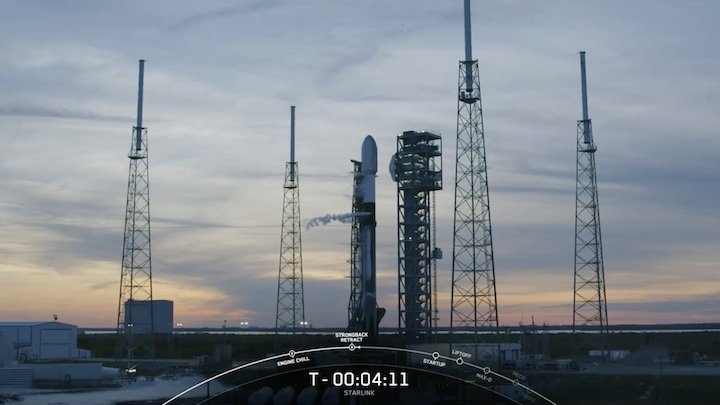
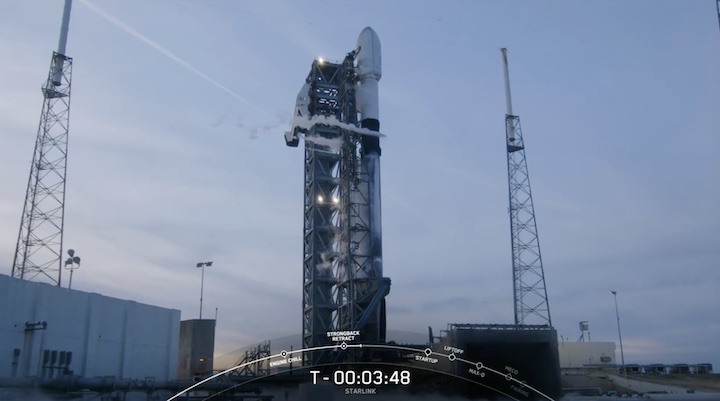
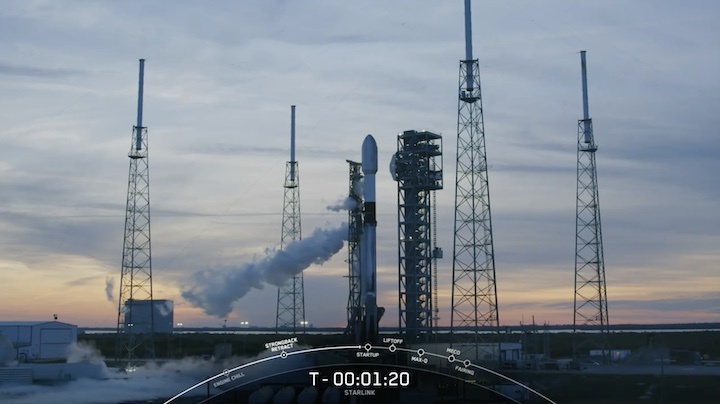
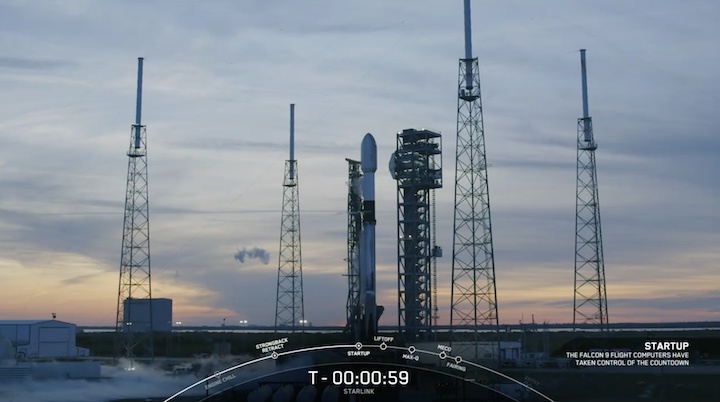
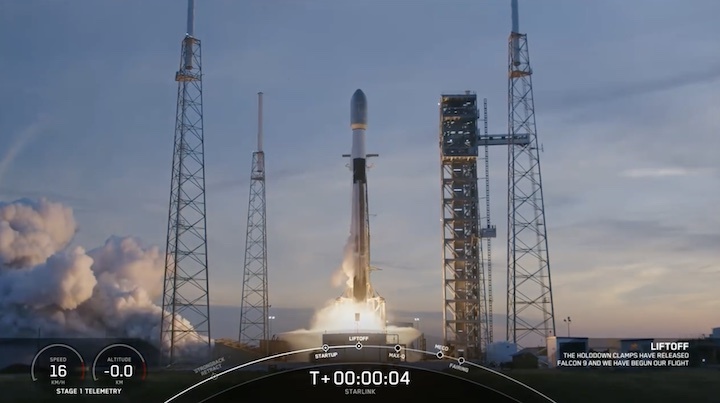
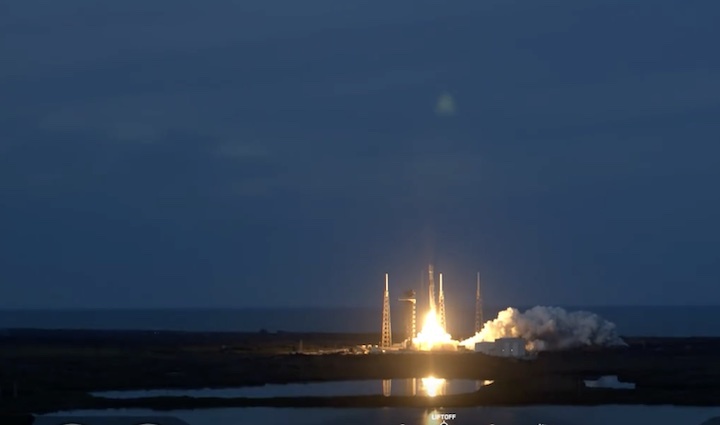
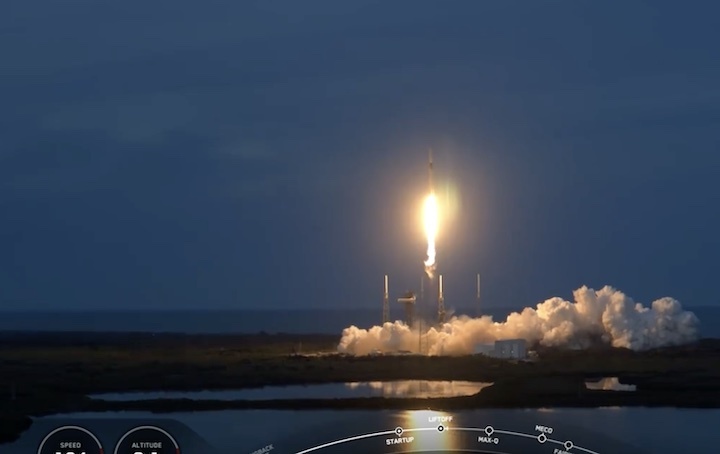
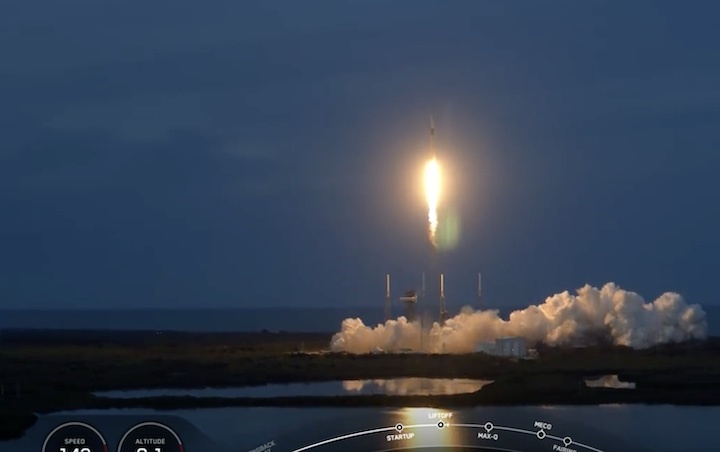
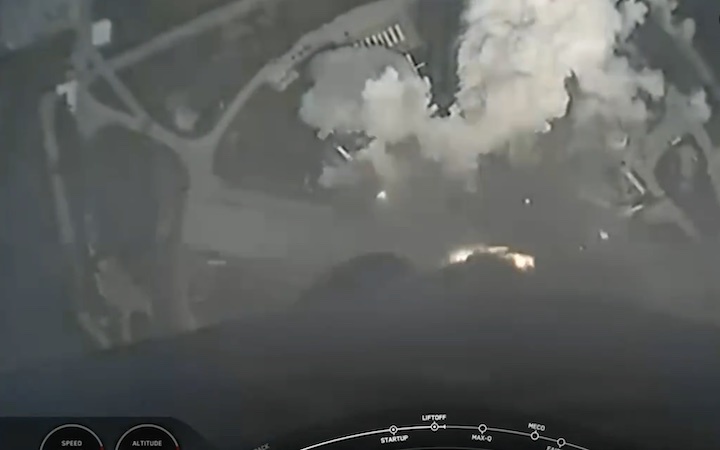
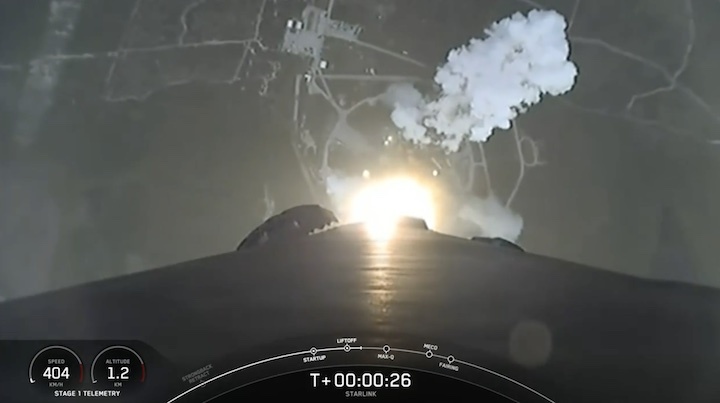
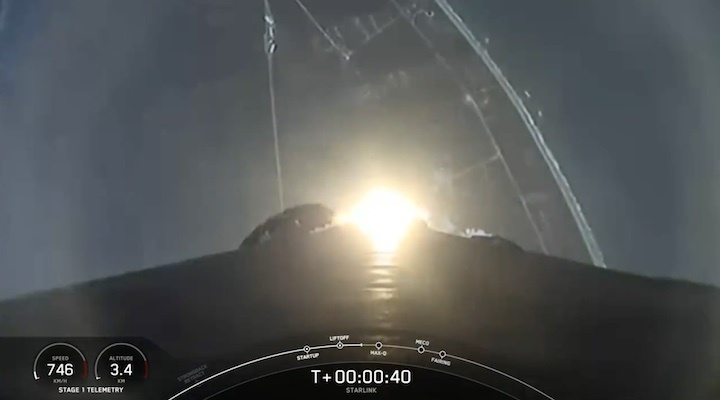
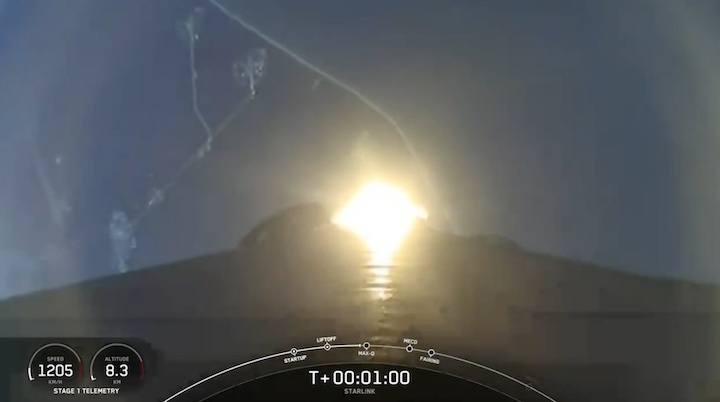
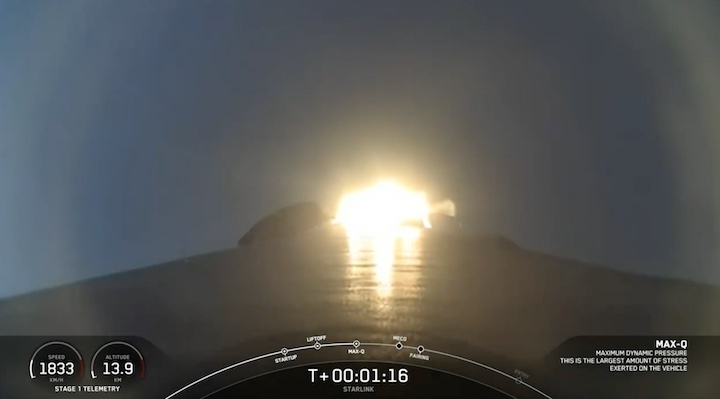
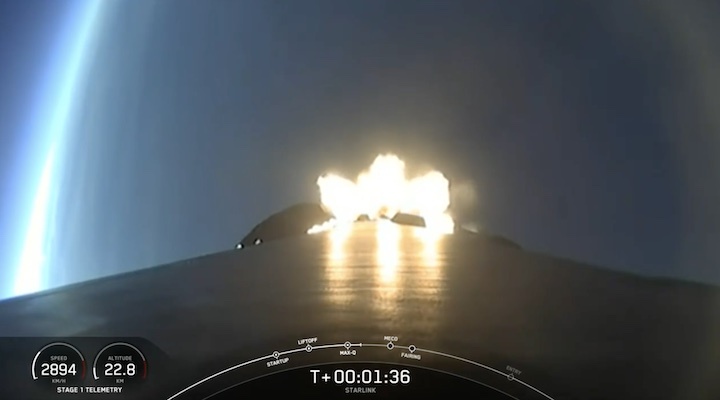
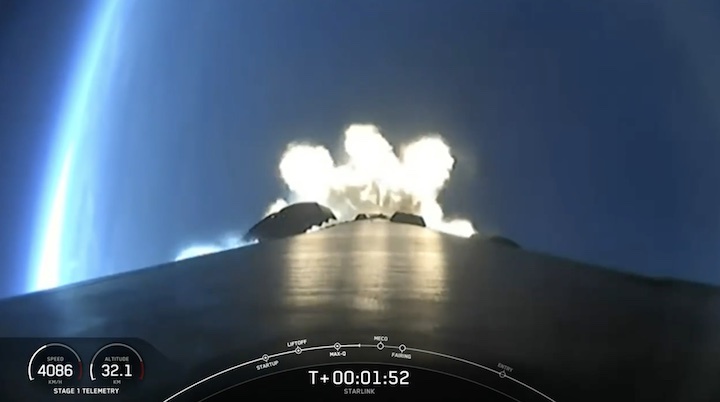
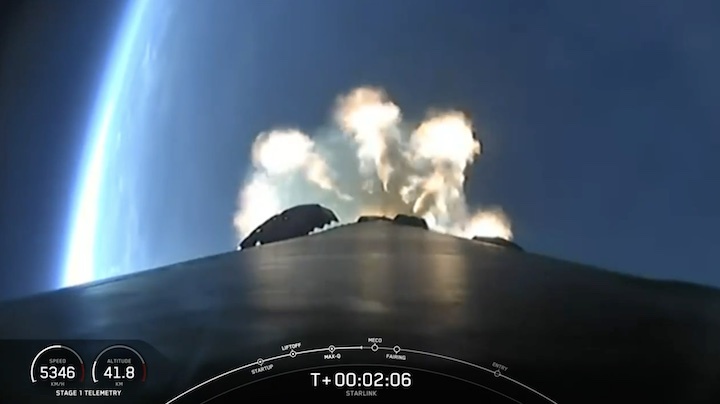
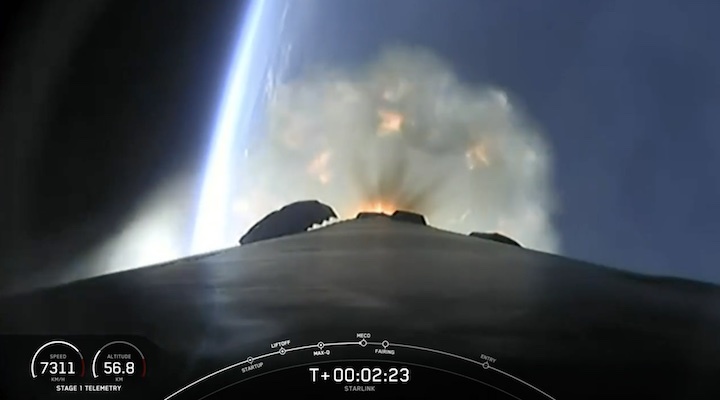
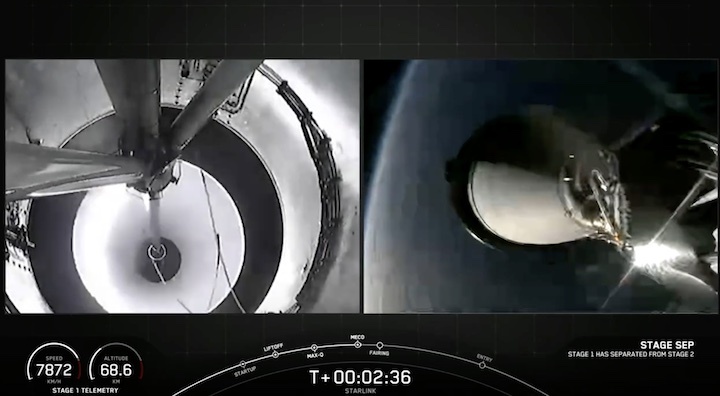
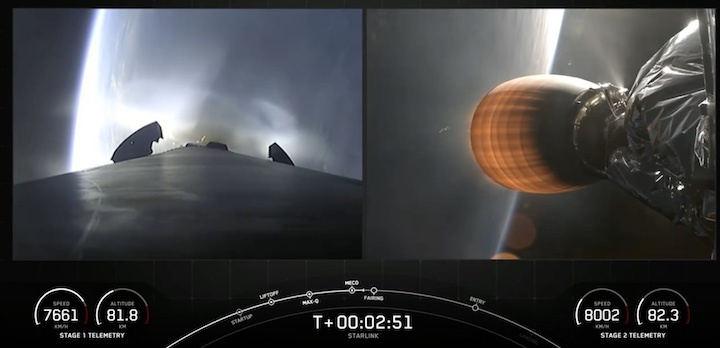
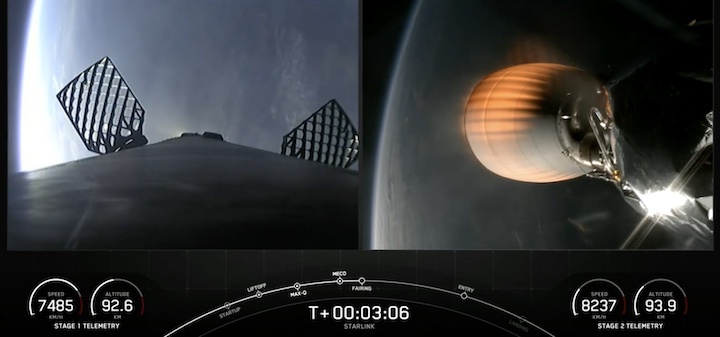
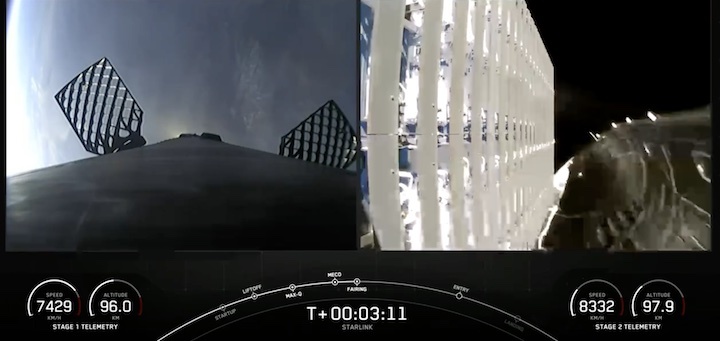
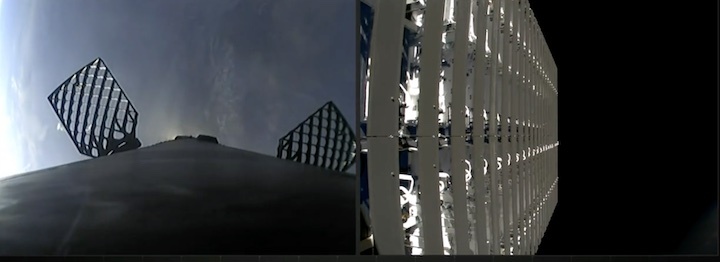
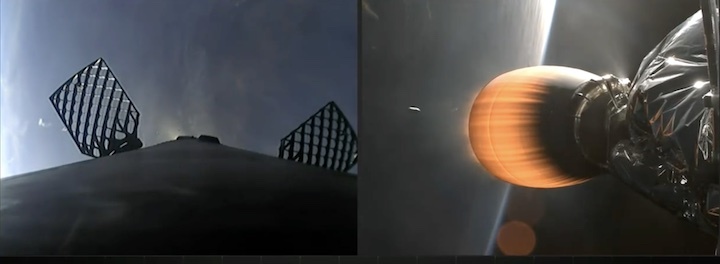
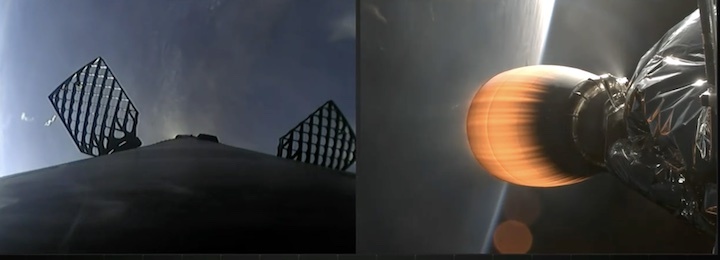
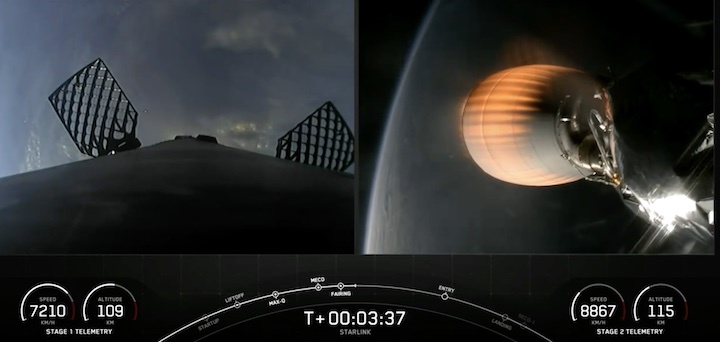
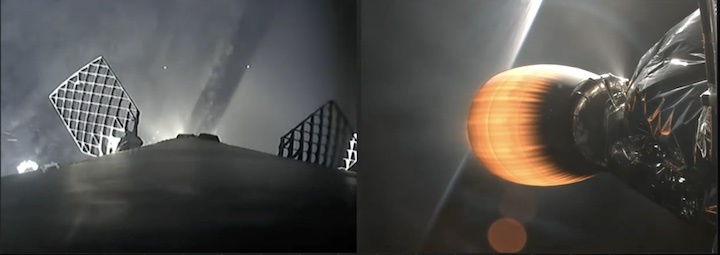
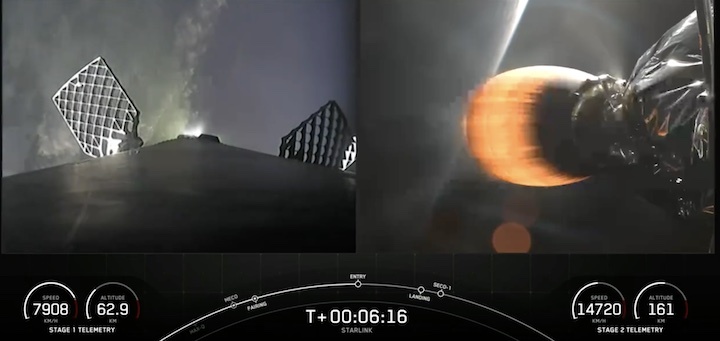
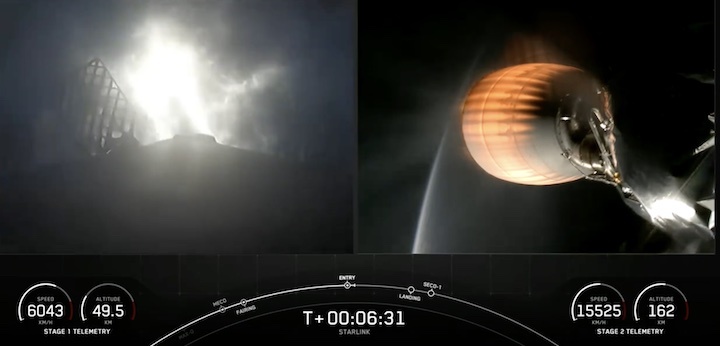
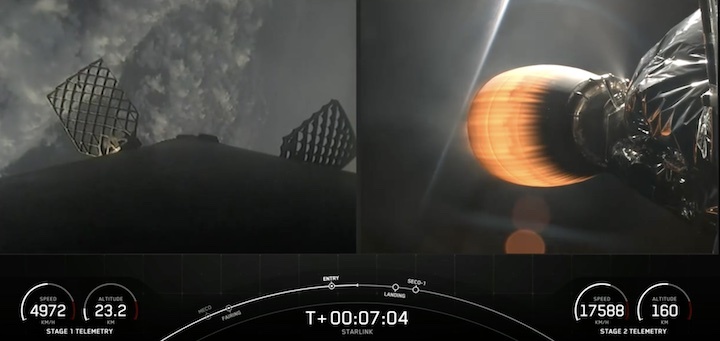
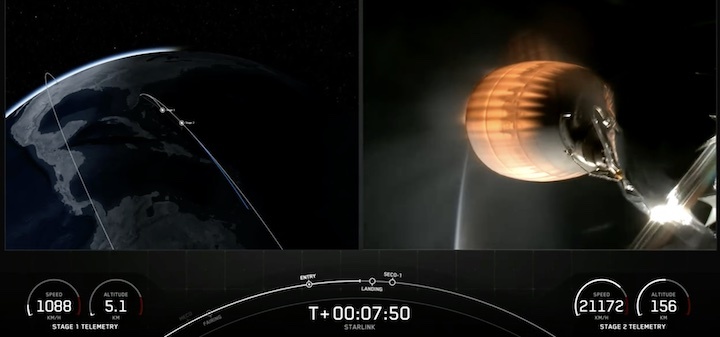
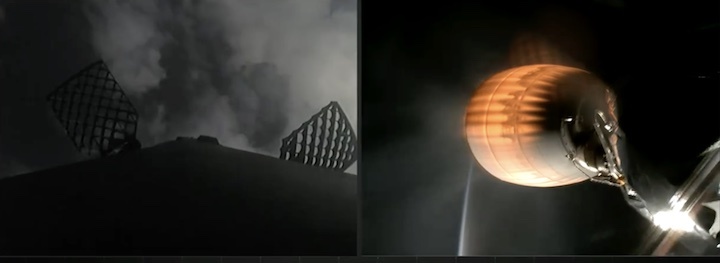
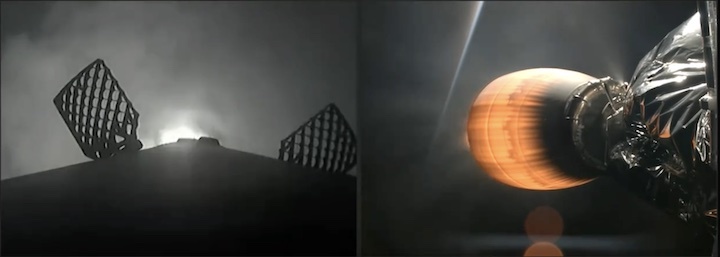
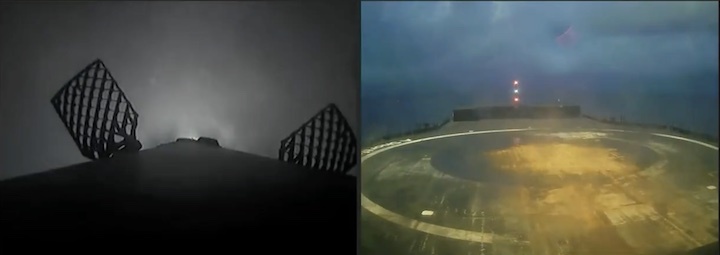
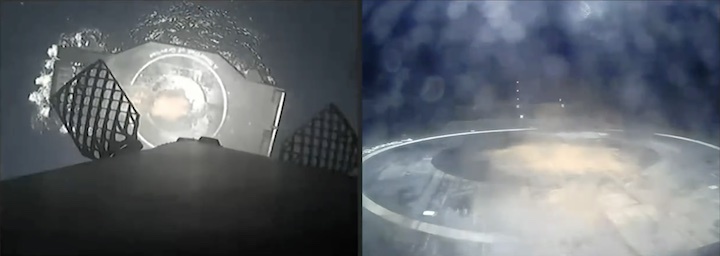


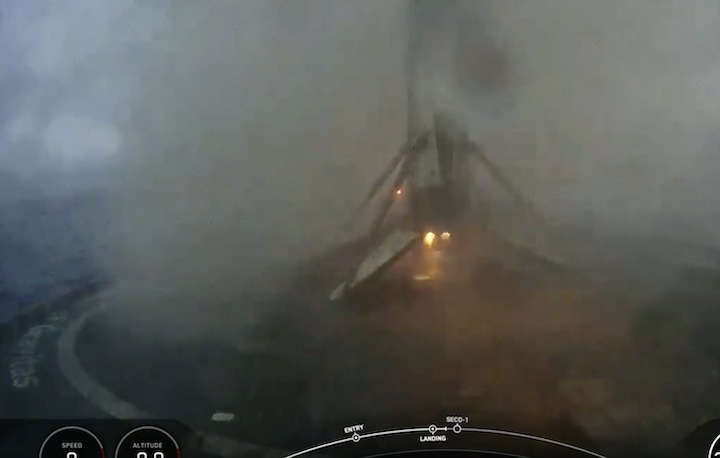
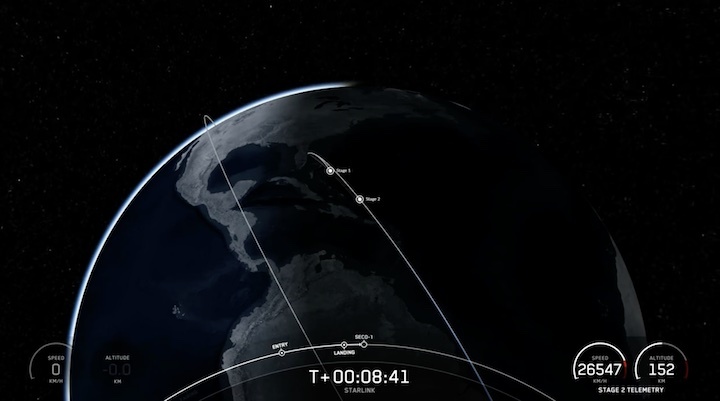
Quelle: SpaceX
